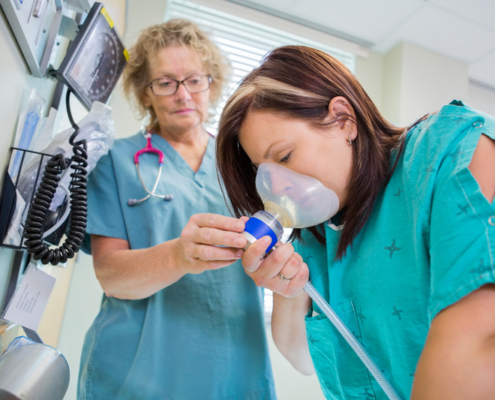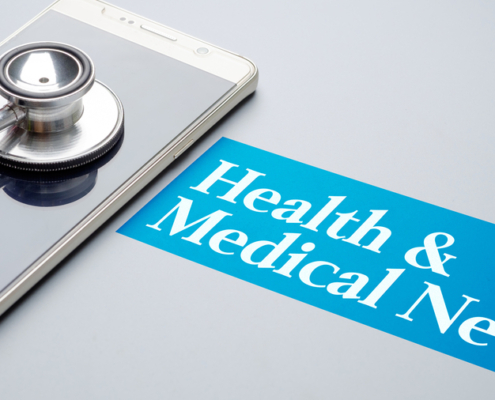Once you have identified the areas of the hospital that you are concerned about, we will carry out air quality monitoring in those locations during peak traffic times. This will ensure that we can record the worst levels of traffic pollution ingress affecting those areas during the day.
We will use a Personal Dust Monitor to measure and log concentrations of PM2.5 in real time, approximately every second. We will do this for a period of time in each specified location to identify existing levels of this particulate.
In heavy public areas, e.g. restaurants, we recommend that spot monitoring is carried out at 5 points within that area, including the centre of the room and its four corners. This will provide valuable information about the exposure of both staff members and the public to PM2.5 particulate.
Using a personal dust monitor, we will also extract samples from the breathing zone of the staff members involved in the study and take notes so that key events during the monitoring period can be correlated with peak levels of PM2.5 particulate, wherever possible.

 https://cairntechnology.com/wp-content/uploads/2024/08/Sept-2024.jpg
533
800
Sarah Clements
https://cairntechnology.com/wp-content/uploads/2023/06/Cairn-logo_RGB-compact-3.jpg
Sarah Clements2024-09-02 04:42:352024-08-10 18:46:46NHS Backlog – Where Are We Now?
https://cairntechnology.com/wp-content/uploads/2024/08/Sept-2024.jpg
533
800
Sarah Clements
https://cairntechnology.com/wp-content/uploads/2023/06/Cairn-logo_RGB-compact-3.jpg
Sarah Clements2024-09-02 04:42:352024-08-10 18:46:46NHS Backlog – Where Are We Now?





